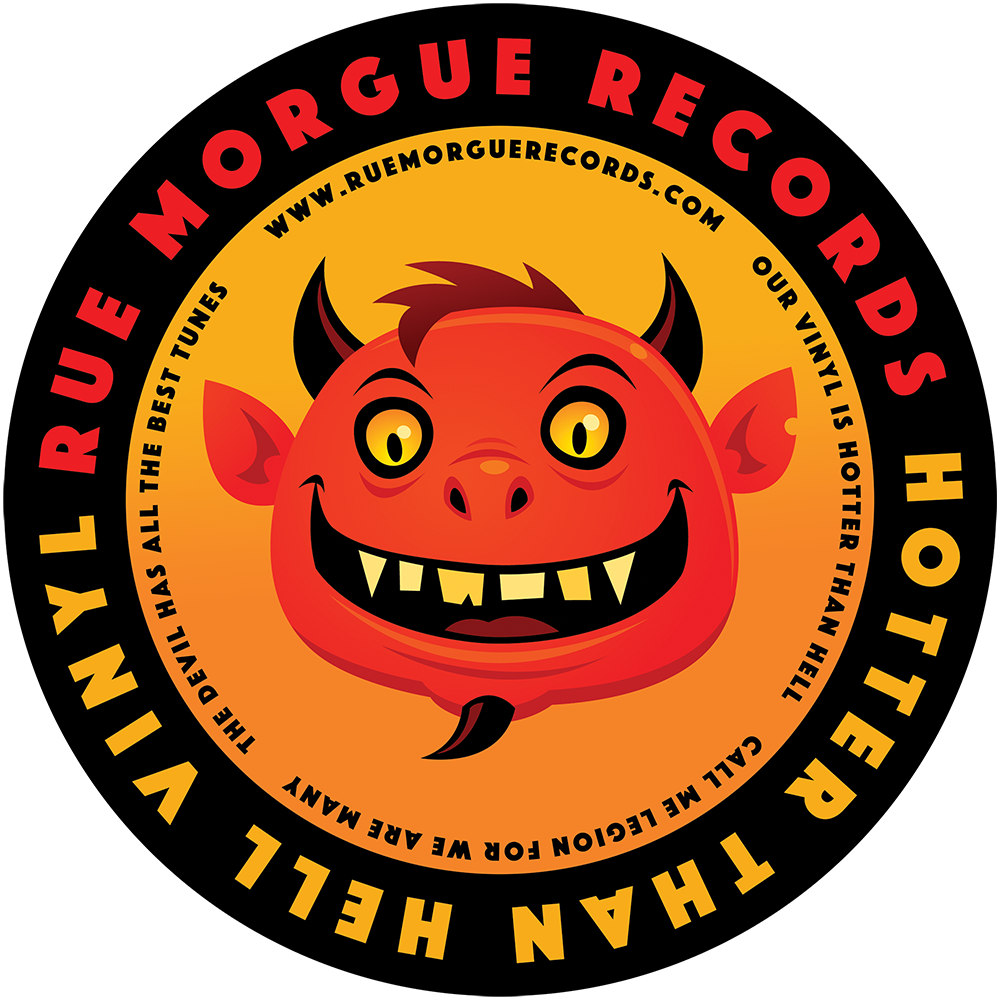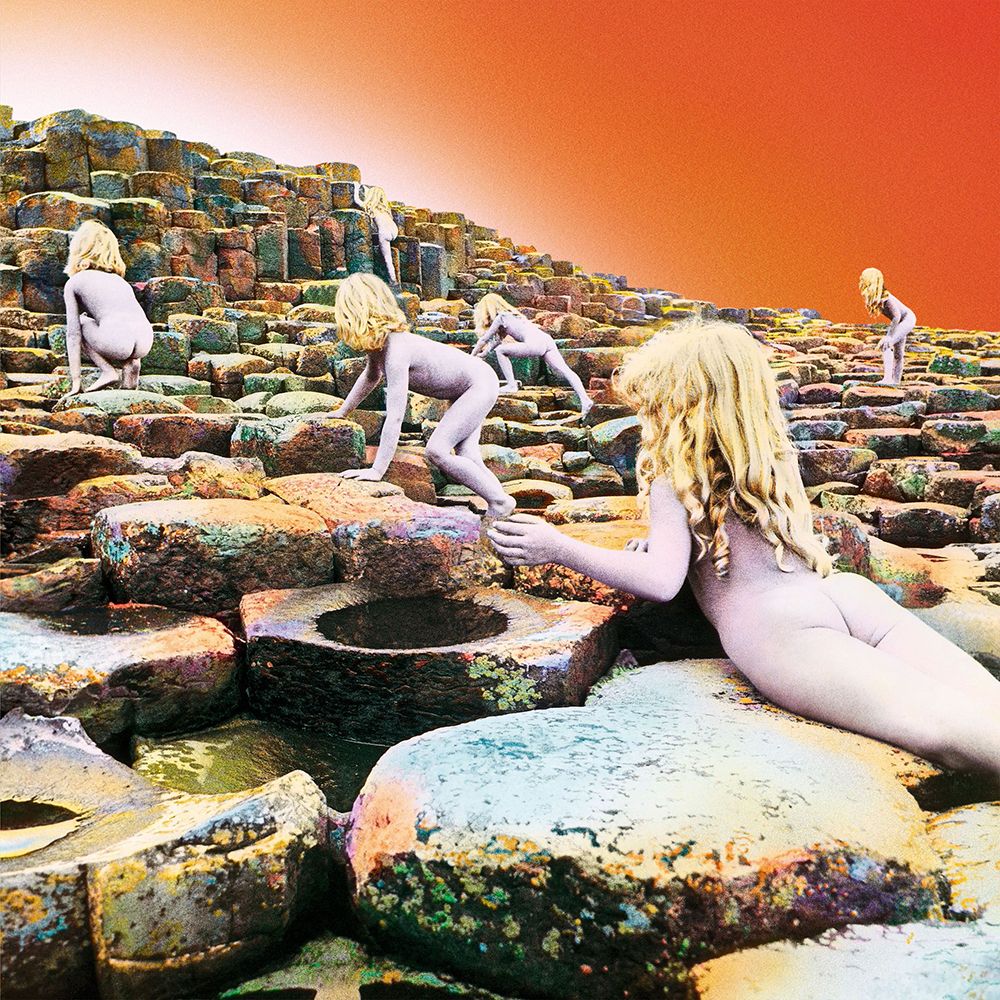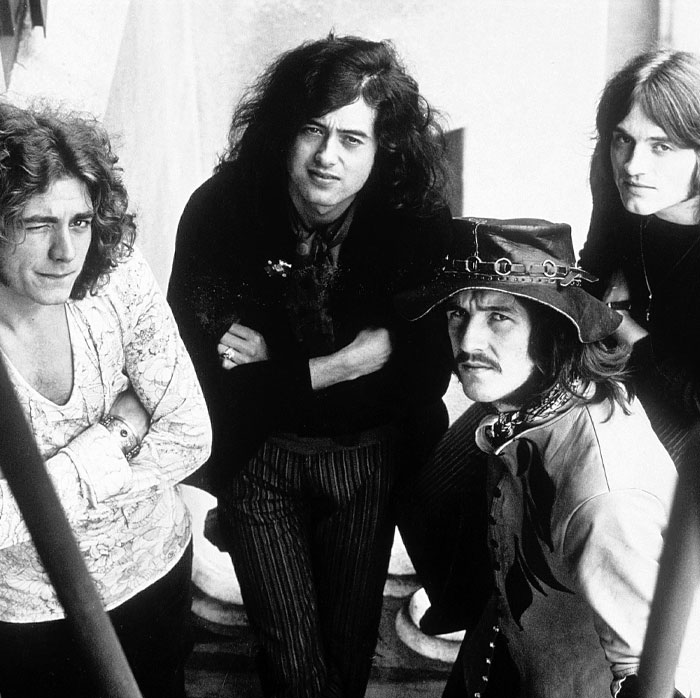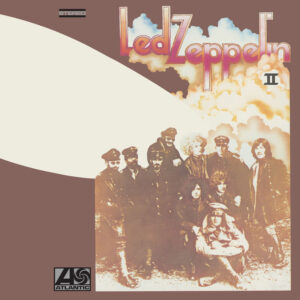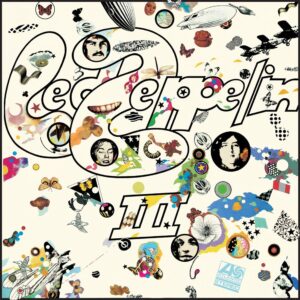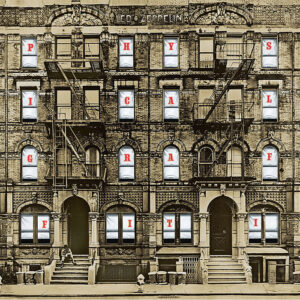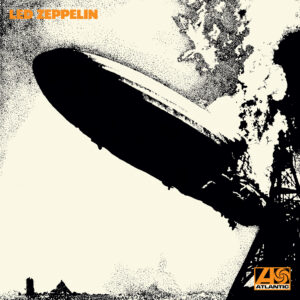Led Zeppelin – Houses of the Holy (1973) Review
After redefining hard rock with their first four albums, Led Zeppelin took a bold leap forward with Houses of the Holy, an album that saw them pushing boundaries, experimenting with new styles, and refusing to be confined to expectations. Instead of delivering another blues-heavy, riff-drenched record, Zeppelin expanded their sonic palette, blending progressive rock, funk, reggae, and orchestral ballads into their signature sound. The result? One of the most diverse and daring albums in rock history.
A Tracklist of Unmatched Variety
The album kicks off with “The Song Remains the Same”, an electrifying whirlwind of guitar layers and soaring vocals that immediately sets the tone for Zeppelin’s more complex, ambitious approach. It seamlessly transitions into “The Rain Song”, a breathtakingly orchestral, melancholic ballad that showcases Jimmy Page’s mastery of layered composition and John Paul Jones’ elegant string arrangements.
Then comes “Over the Hills and Far Away”, a perfect blend of gentle folk and explosive rock energy, its dynamic shifts keeping listeners on edge. “The Crunge”, a bizarre yet infectious James Brown-inspired funk jam, proves that Zeppelin wasn’t afraid to loosen up and have fun with their music.
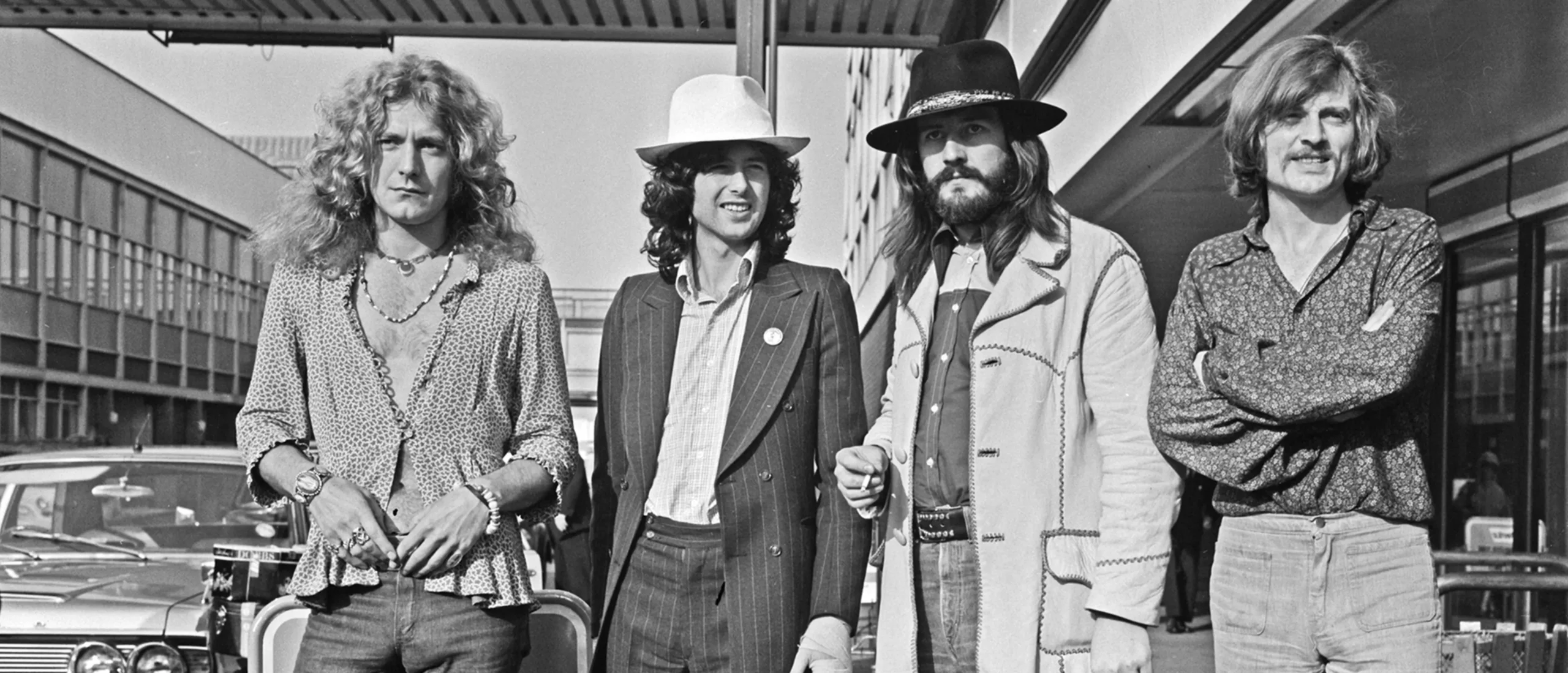
Side two starts with “Dancing Days”, a groove-heavy anthem that radiates pure, sun-drenched energy. “D’yer Mak’er”, Zeppelin’s unexpected reggae experiment, remains one of their most playful and divisive tracks, proving they weren’t afraid to step into completely new musical territories.
Then, we enter the dark, mystical realm of “No Quarter”, where John Paul Jones’ haunting keyboard work, Jimmy Page’s eerie, effect-laden guitar, and John Bonham’s slow, thunderous drumming create one of Zeppelin’s most otherworldly and atmospheric songs. The album closes with “The Ocean”, a swaggering, bluesy rock anthem that brings everything full circle, reminding fans that even as Zeppelin experimented, their roots in powerful, riff-driven rock remained.
A Bold Evolution in Sound
With Houses of the Holy, Led Zeppelin proved they weren’t just a hard rock band—they were a musical force capable of reinventing themselves with each album. This record wasn’t about playing it safe; it was about exploring new textures, influences, and sonic landscapes while still maintaining their electrifying chemistry.
Some fans initially struggled with the album’s departure from Zeppelin’s raw blues roots, but over time, Houses of the Holy has been recognized as a pivotal moment in their evolution, setting the stage for the grandeur of Physical Graffitiand beyond.
Final Rating: ⭐⭐⭐⭐⭐ (5/5)
A daring, eclectic, and brilliantly crafted album that showcases Led Zeppelin’s unparalleled ability to evolve and experiment while maintaining their status as rock gods. Houses of the Holy isn’t just an album—it’s an experience, and 50 years later, it still sounds as bold and exciting as ever.
BY RUE MORGUE RECORDS
